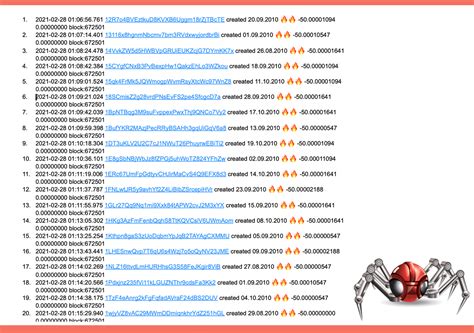- سبدخرید خالی است.
- ادامه خرید
Block Rewards: Incentives For Miners
Block awards the dough: understanding of stimulation of cryptocurrency acquisition
The growth of cryptocurrency has transformed how we think of money and transactions. With a decentralized network, such as Bitcoin, Ethereum and other, a new class of digital assets – cryptocurrencies – was created. Among them, many users are attracted to the high return potential through mining – a process that involves solving complex mathematical problems to confirm the transactions with a blockchain.
However, one aspect of cryptocurrency extraction is often ignored: blocking compensation. To understand why blocking the reward, dive into the cryptographic world and how it works in decentralized networks.
What is cryptography?
Cryptography is a study of code -based encryption methods used for secure data transmission. This includes complex algorithms and mathematical problems that make it practically impossible to decipher or transform encrypted information without a decryption key. This fundamental concept is at the heart of many blockchain technologies, including cryptocurrencies.
Work Proof (POW) Network: Cryptography Facility

Blockchains is designed above the job proof network, which is designed to secure transactions and create new blocks in a safe way. The process includes miners that compete to solve a sophisticated mathematical puzzle to create a block that must be resolved within a time limit known as the purpose of the block.
Lock Rewards System: Stimulating miners
To stimulate miners to participate in the network and maintain its security, cryptocurrency networks often offer block rewards. These remuneration is intended to provide a financial incentive for mining activities, encouraging them to invest their computing capacity, electricity or other resources for the approval of transactions.
Here’s how it works:
1
Lock Creating: Miners compete to solve the mathematical puzzle to create a new block.
- Block Rewards: The first miners to solve the dough, add the blockchaine to the blockchain and confirm its contents. As a result of their efforts, they receive a recent cryptocurrency (or in some cases in chips) as a reward for their work.
Block Reward Types
There are different types of block rewards, each with its own set of conditions:
* Transaction Fee: Miners can earn a transaction fee from the transactions they confirm in the blockchain. It is often used to stimulate participation and maintain network security.
* Payments for the Mining Basin: Some networks offer mining pool payments for the miners involved. These payments are usually made in cryptocurrency or other assets related to the network.
* Hash bets bonuses: miners can be rewarded with bonus payments based on their mixing capacity (their amount of computing energy) for solving the puzzles faster than others.
Why block consideration matter
The blocking compensation plays a crucial role in maintaining the integrity and security of cryptocurrency networks. When stimulating miners to participate, these networks:
* Safe Transactions: Miners check the transactions and create new blocks, ensuring that the blockchain remains safe.
* Maintain decentralization: Blockchain technology decentralized nature depends on the miners’ collective efforts working together to confirm the transactions.
* Attract investments: Locking claims can attract investors wishing to participate in the network without directly belonging to cryptocurrencies.
Challenges and quarrels
Although the blocking compensation is essential for cryptocurrency networks, there is a debate on their legitimacy. Some claim that the blocking compensation brings unfair advantage, as miners with higher computing power or access to better hardware can get disproportionately high rewards.
